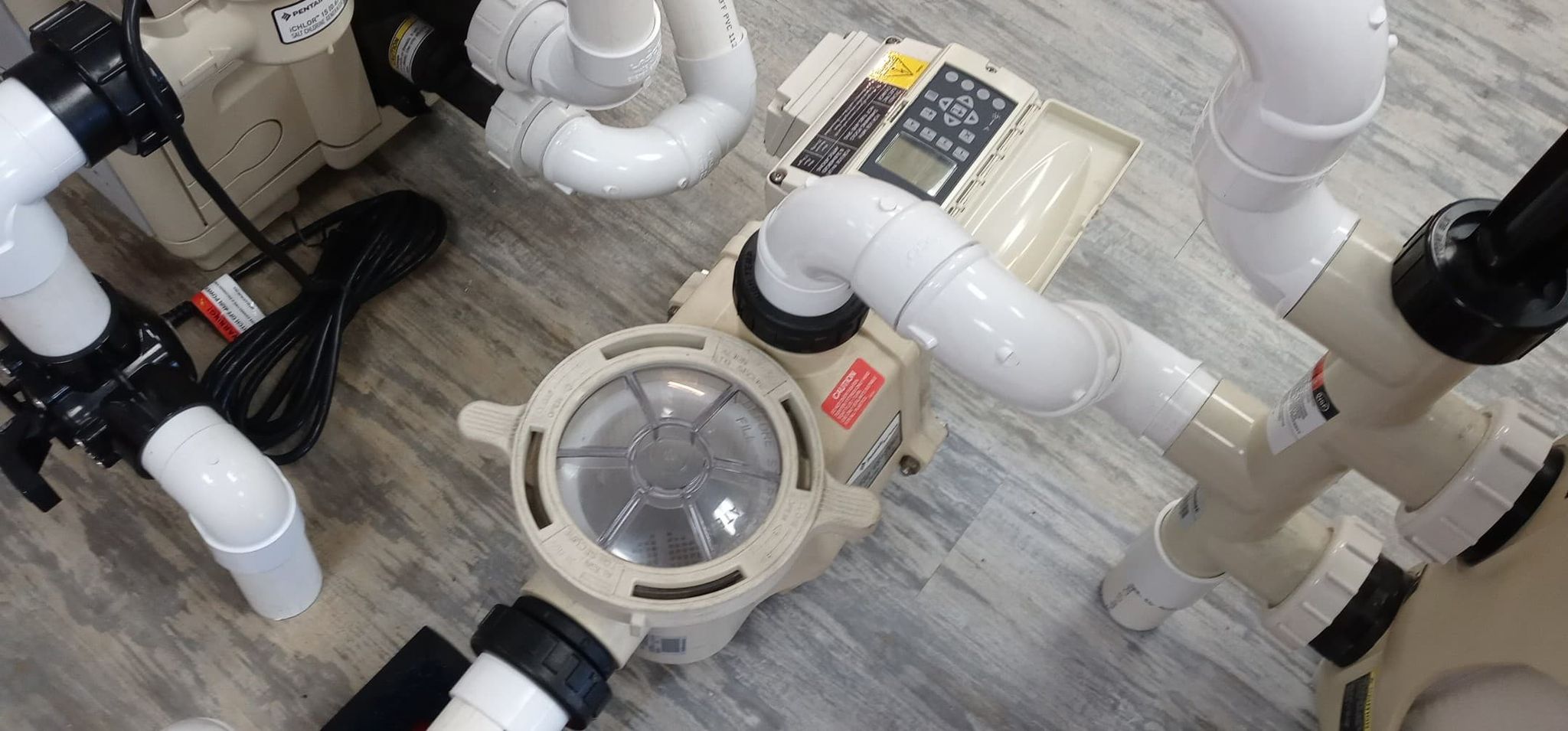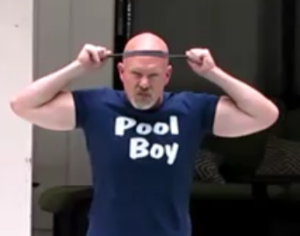A single-speed pump, or “gas guzzler,” as I lovingly call them, are old technology. They are noisy. They are expensive. In most places, they are or will be illegal. SS pumps (Single Speed) only operate on 3,450 revolutions per minute. They only run on “high.” This uses a lot of energy, which costs a lot of money to run. A lot of customers who own a SS pump don’t run it as long as they should due to high electricity costs. This leads to algae, cloudy water, and other issues. Often, a customer will spend what they “save” on algae treatments and water drains. Crazy, right?
[responsivevoice_button voice=”US English Female” buttontext=”Listen to Post”]
Variable Speed Pool Pumps
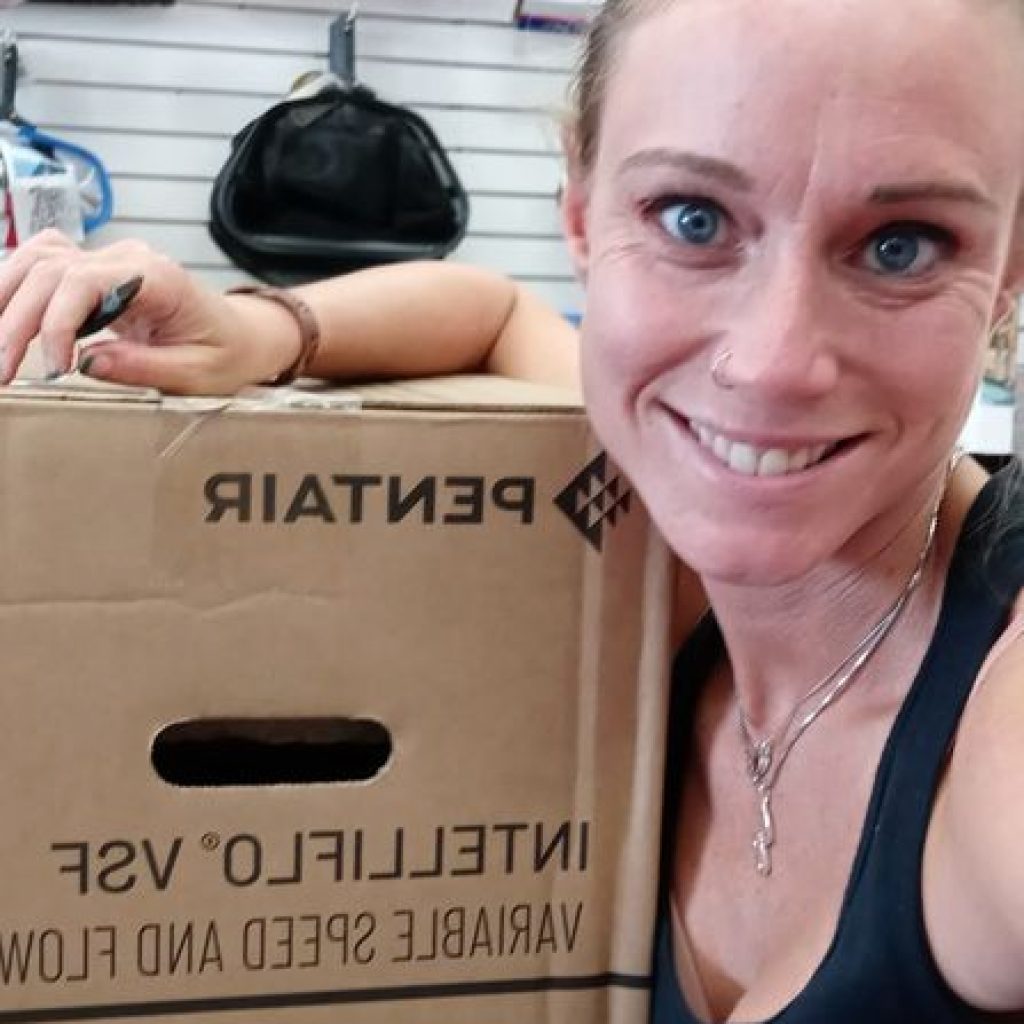
An energy-efficient solution is called a Variable Speed (VS) pump. It does just that, operates at varying speeds. This is done by programming the pump to run on different speed settings and times throughout the day. Every pump is unique. But varying degrees of lower RPMs are programmed and assigned to other times. In simple terms, we move the water at slower, varying speeds, for a more extended time. For example, the pump may turn on at 8 A.M at 3,000 RPMS for 2 hours. Then switch to 2,700 RPMS for 4 hours. It could then complete its cycle at 1,700 RPMs for 4 hours. This ability is what makes it a variable speed pump. The RPMs and amount of time required are determined by the design flow rate needed for that particular body of water.
The savings begins before you adjust the speed
True story! Variable speed pumps are equipped with a permanent magnet motor. These are the same style you see operating huge conveyor belts in some of the largest factories. These squirrel cage induction motors of days of old would lose 12% of their energy due to heat loss alone. Due to the design, you’ll not see that with a variable speed pump. So, right off the bat, your customer saves 12% on their electrical consumption before you ever even adjust the flow rate. Don’t believe me? Go ahead and touch. That’s right; they don’t even feel hot at all.

On average, the cost of running a pool pump is 40% the entire operating cost of operating the whole darned pool – what a great place to save!
There is a bit of physics involved in how the savings accumulate above and beyond the lack of heat loss, but the bottom line is a variable speed pump will use way less energy to operate than a single-speed pump. Even if you were to run a VSP on “high” (3,450 RPMs), it still pulls fewer amps than a single-speed pump. Less energy equals a lower energy bill. But how? Picture a runner running a fifteen-minute mile (4 miles an hour). That individual will burn far fewer calories (energy) than if they had bumped their pace up to a ten-minute mile over the same distance. They would travel a much further distance at the reduced speed before they even came close to burning the same amount of calories. Trust me – I’m a runner. That’s what I do – I run, I mom, and I do pool things. I’m tempted to say ‘Pumping water is a marathon, not a sprint,’ but you catch the drift, Fuel= calories= energy.
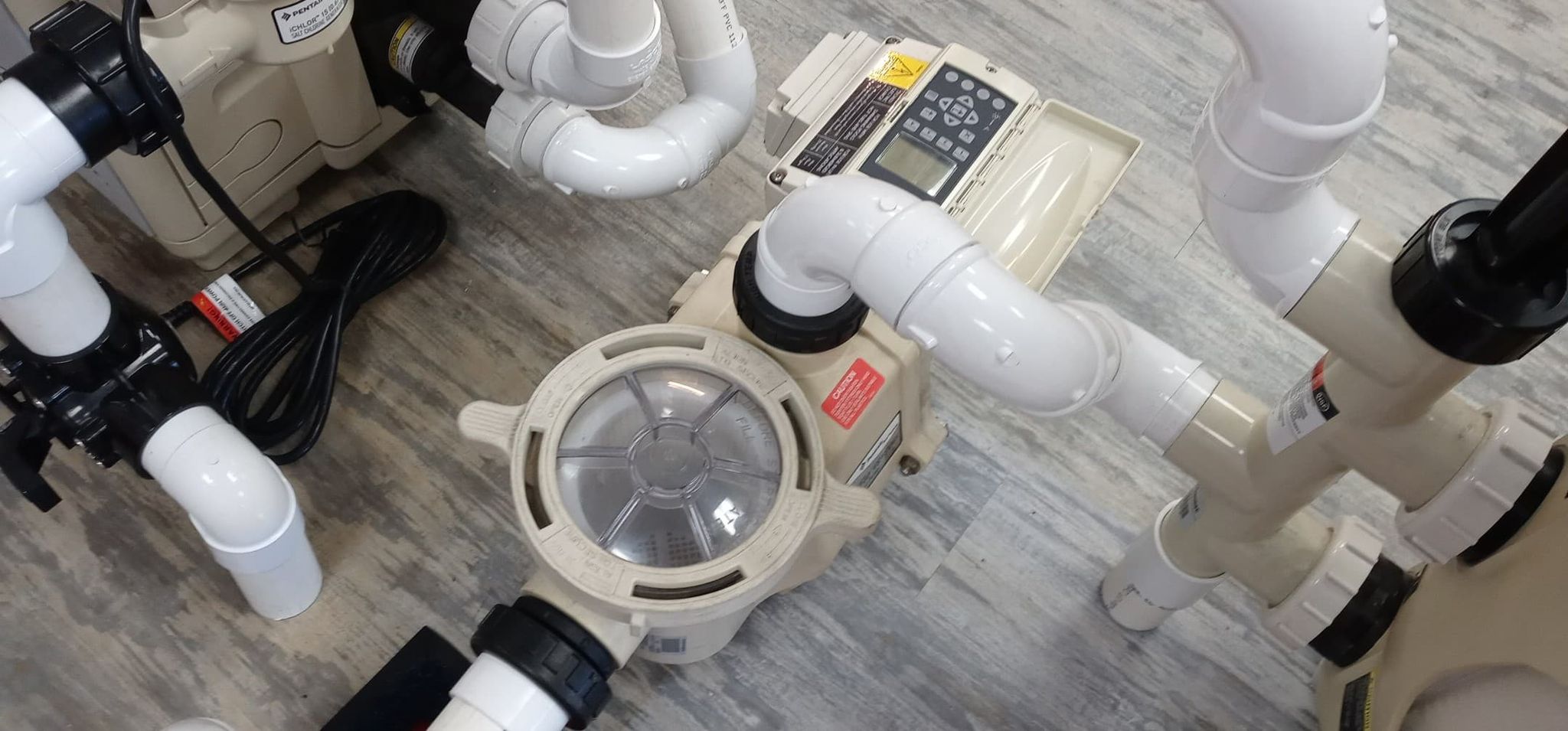
Customers will see a 50% or greater savings on their electric bill
So now we have filled in the customer on why they should get an energy-efficient pump. What information do we need from them to appropriately size and recommend a pump to them? There are simple things we must find out.
Similar story How and When to Install Wellpoints ?
Are they using 115v or 230v?
Pumps are available in both voltages, so it’s essential to know which one your customer has. You can check the existing motor label, look at the wiring, or check the breaker box. If you are uncertain – you can always have an electrician take a look.
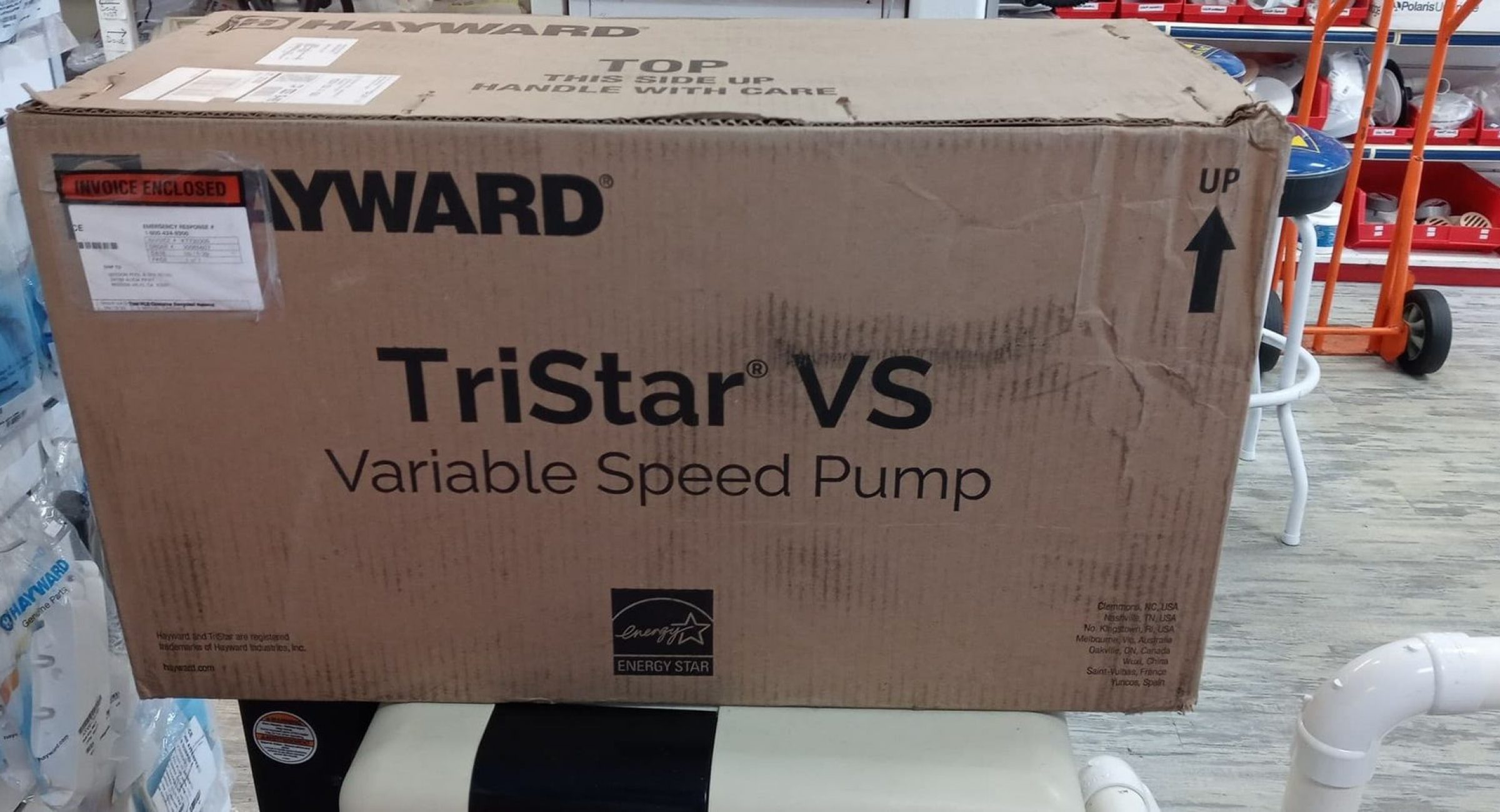
What size is their plumbing?
1.5″ plumbing versus 2″ plumbing UNDERGROUND is an essential factor. There are max flow rates for each size plumbing. You can only fit so much water through a particular volume of plumbing. An Intelliflo is a high head pump that can cause cavitation in 1.5″ plumbing. Generally, you can only go up to a 1hp pump with 1.5 plumbing. But, we don’t want to move water too fast. ANSI/APSP-7, regarding suction outlet safety compliance, dictates that no more than six feet-per-second permitted on suction-side plumbing and no more than eight feet-per-second on the return. The chart below shows the max GPM to pipe size necessary to stay compliant.
| PIPE SIZE: | 1.5″ | 2″ | 2.5″ | 3″ | 3.5″ | 4″ | 5″ | 6″ |
| Suction GPM @ 6 fps | 38 | 63 | 90 | 138 | 185 | 238 | 374 | 540 |
| Return GPM @ 8 fps | 51 | 4 | 119 | 184 | 247 | 317 | 499 | 720 |
What size is their filter?
Gallons per hour is another crucial factor in sizing a pump. Much like we talked about before, a filter can only efficiently handle so much water per sq ft. We need to make sure their filter can accommodate the flow of their new pump.
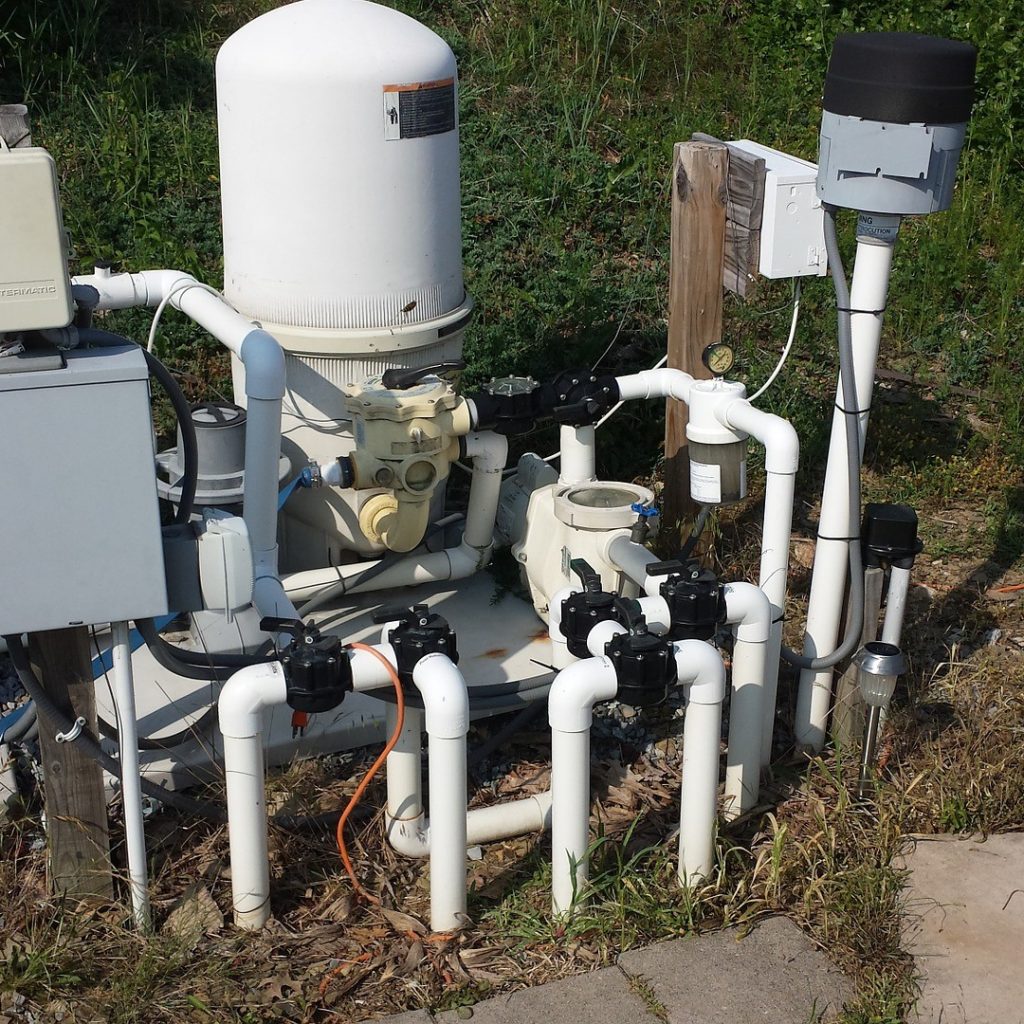
Do they have a spa or water feature running off of the pump in question?
We need to make sure the pump will have enough power to accomplish its water needs. Once the limits on those as mentioned above are ruled out, then you want to size with the most massive pump that will operate their features.
What size is their existing pump? Were they happy with its power?
This is a great tool that goes with the “if it ain’t broke, don’t fix it.” If their single-speed did the trick, you might be able to go off of that when selecting which variable speed pump to suggest.

The final question I ask is, “How will you be paying?”. We have done what we set out to do. We have created value. The customer now understands why they need a Variable Speed and how it will benefit their life. You can recommend the pump that fits best based on the technical parameters and rebates, warranties, and all the frills available on some pumps.

